
OR
Inside Nepal’s preparations against possible COVID-19 outbreak
Published On: March 7, 2020 08:35 AM NPT By: SHREE RAM SUBEDI
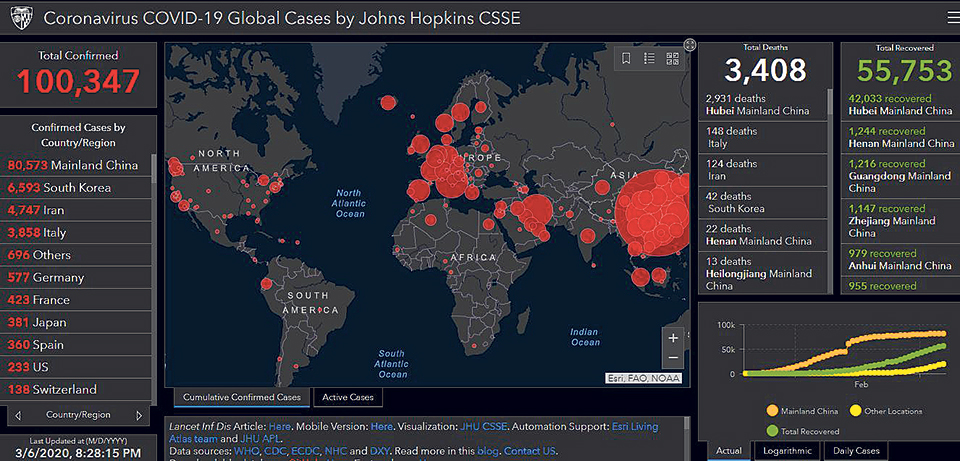
KATHMANDU, March 7: During a daily press briefing on Feb 28, the director general of the World Health Organization (WHO), Tedros Adhanom Ghebreyesus, hailed Nepal for its efforts in containing the spread of the coronavirus (COVID-19). “Countries including China, Singapore, Nepal and Vietnam have shown that containment measures can work,” the WHO chief said.
Nepal’s efforts at containment were related to the first reported case of the new coronavirus in the country on January 13, when a 32-year-old Wuhan returnee was confirmed to have been infected. He was taken to the Shukraraj Tropical and Infectious Disease Hospital (STIDH) and discharged after recovery in 10 days. STIDH followed that up over many days with the tracing and testing of 50 other individuals who had interacted with the infected man. They have all tested COVID-19 negative.
Nepal is featured with a single reported and recovered COVID-19 case in the interactive web-based dashboard of the US-based Johns Hopkins University. The dashboard visualizes and tracks reported COVID-19 cases in real time from across the globe. The dashboard is hosted by the Center for Systems Science and Engineering (CSSE) at Johns Hopkins.
“Amid criticism of the lack of infrastructure and preparedness, this is something that Nepal should build on, with our strengthened efforts to face the threat,” said Dr Basudev Pandey, director of Epidemiology and Disease Control Division under the Department of Health Services.
Yet, another case that has been reported in the international media has officials worried. A UK-based tabloid, Daily Mail, on March 3 reported that Spain’s first death from the new coronavirus occurred at a hospital in Valencia on February 13. “Confirmation came after what was described as a ‘retrospective investigation’ following the death of the man - who had traveled to Nepal,” the tabloid reported.
Director Dr Pandey highlights the need for unearthing more details about the person who had reportedly visited Nepal. “We are working with various agencies to collect the details of his stay in Nepal,” he said. However, the man had also traveled to other countries before returning to Spain, raising questions whether he contracted the virus elsewhere other than in Nepal.
Apart from these two cases, there are no reported COVID-19 cases related to Nepal as of March 6.
“Nepal does not need to panic and I believe that there are no COVID-19 cases here,” said Dr Pandey, who has also served as director of STIDH for a year and a half before his current assignment.
With the onset of spring and temperatures beginning to rise – viruses generally do not thrive in hot weather, Dr Pandey is hopeful of containment of the virus. “Coronavirus is surrounded by a lipid layer – a layer of fat – and this layer is not very resistant to heat, which means the virus quickly breaks down when the temperature rises,” he said.
Dr Pandey claimed that the number of medics at the TIA health desk has been increased from 8 to 30 and an additional thermal scanner camera has been installed to monitor air passengers. Also, the government has decided to deploy more health personnel at all the border transit points with India.
As per the WHO, out of 100 reported cases of COVID-19, 80 can be treated at home, 15 need hospital admission and the remaining 5 need serious treatment on ventilator. But in case of an outbreak, isolation wards and intensive care units (ICUs) will be needed in large numbers and this is an issue that government officials are grappling with. Officials claim that currently there are 136 ICU beds at six public hospitals in Kathmandu Valley -- STIDH, Patan Hospital, Nagarik Cummunity Hospital, Civil Service Hospital, Birendra Army Hospital and Bir Hospital. “We can request private hospitals for ICU beds if necessary,” Dr Biksah Devkota, a joint secretary at the Ministry of Health and Population (MoHP), said.
Deputy Prime Minister Ishwar Pokhrel heads a coordination committee, the health and population minister heads another management committee within the ministry and the secretary at the ministry leads a directive committee to tackle the COVID-19 threat.
Also, a technical committee headed by the director general of the Department of Health Services is preparing a Standard Operating Procedure (SoP) to deal with any possible cases of the coronavirus. The SoP consists of conducting home quarantining and other measures to identify and control the spread of the virus.
According to STIDH figures, a total of 30 suspected cases came to hospital for checkup and were tested negative for COVID-19 until Thursday.
However, officials agreed that there is a lack of infrastructure to tackle a possible spread of the virus. “There is lack of infrastructure to tackle the virus and there is a need to decentralize our efforts,” Dr Pandey said.
Nepal is vulnerable to COVID-19 for various reasons. Close proximity with China, thousands of Nepalis working in affected countries, increasing coronavirus cases in contiguous India and the continuous flow of passengers from affected countries have made Nepal prone, say experts.
“It’s difficult to believe that Nepal is not affected,” Dr Sameer M Dixit, a public health scientist, said. “There are no sufficient tests and monitoring for pathogens.” He highlights the need for protecting the vulnerable population above 70 years of age.
Equally worrisome is the lack of personal protective equipment for health workers. On Tuesday, the WHO warned that a severe and mounting disruption to the global supply of personal protective equipment (PPE) – caused by rising demand, panic buying, hoarding and misuse – is putting lives at risk from the new coronavirus and other infectious diseases.
In Nepal, surgical masks are already in short supply. Available ones are sold at exorbitant prices, according to media reports. Ministry officials said that they are working with the private sector to address the scarcity. “It is the responsibility of both private and government institutions to work in tandem to fight the threat,” Dr Biksah Devkota at MoHP said.
“The government is working in full capacity and there is no need to panic,” he added.
Public panic is mounting in the lack of basic and updated information on the coronavirus. None of the government agencies, including MoHP, has established a single-window platform to inform the public.
You May Like This
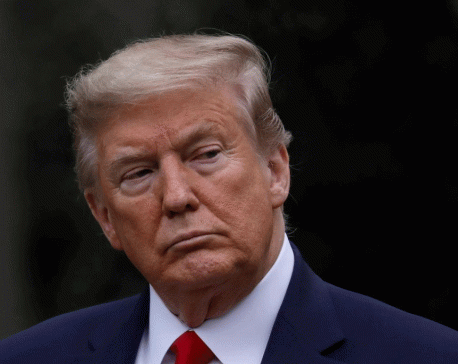
WHO regrets Trump funding halt as global coronavirus cases top 2 million
GENEVA/WASHINGTON, April 16: The head of the World Health Organization (WHO) said on Wednesday he regrets U.S. President Donald Trump’s... Read More...
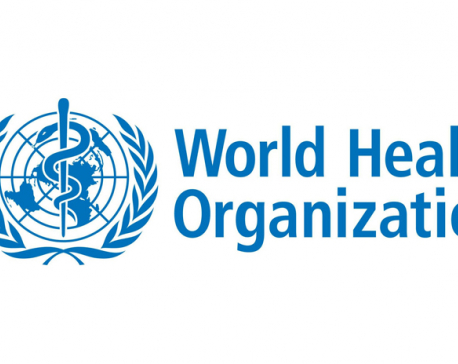
WHO and UNICEF join hands through COVID-19 Solidarity Response Fund
KATHMANDU, April 5: The World Health Organization (WHO) and UNICEF on Friday announced an agreement to work together on COVID-19... Read More...
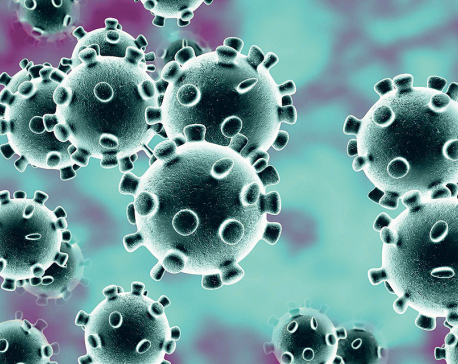
Pandemic perceptions
The coronavirus pandemic has become the topic of possibly all conversations, be it at the dinner table, the office or... Read More...

Just In
- Govt padlocks Nepal Scouts’ property illegally occupied by NC lawmaker Deepak Khadka
- FWEAN meets with President Paudel to solicit support for women entrepreneurship
- Koshi provincial assembly passes resolution motion calling for special session by majority votes
- Court extends detention of Dipesh Pun after his failure to submit bail amount
- G Motors unveils Skywell Premium Luxury EV SUV with 620 km range
- Speaker Ghimire administers oath of office and Secrecy to JSP lawmaker Khan
- In Pictures: Families of Nepalis in Russian Army begin hunger strike
- New book by Ambassador K V Rajan and Atul K Thakur explores complexities of India-Nepal relations














_20240419161455.jpg)
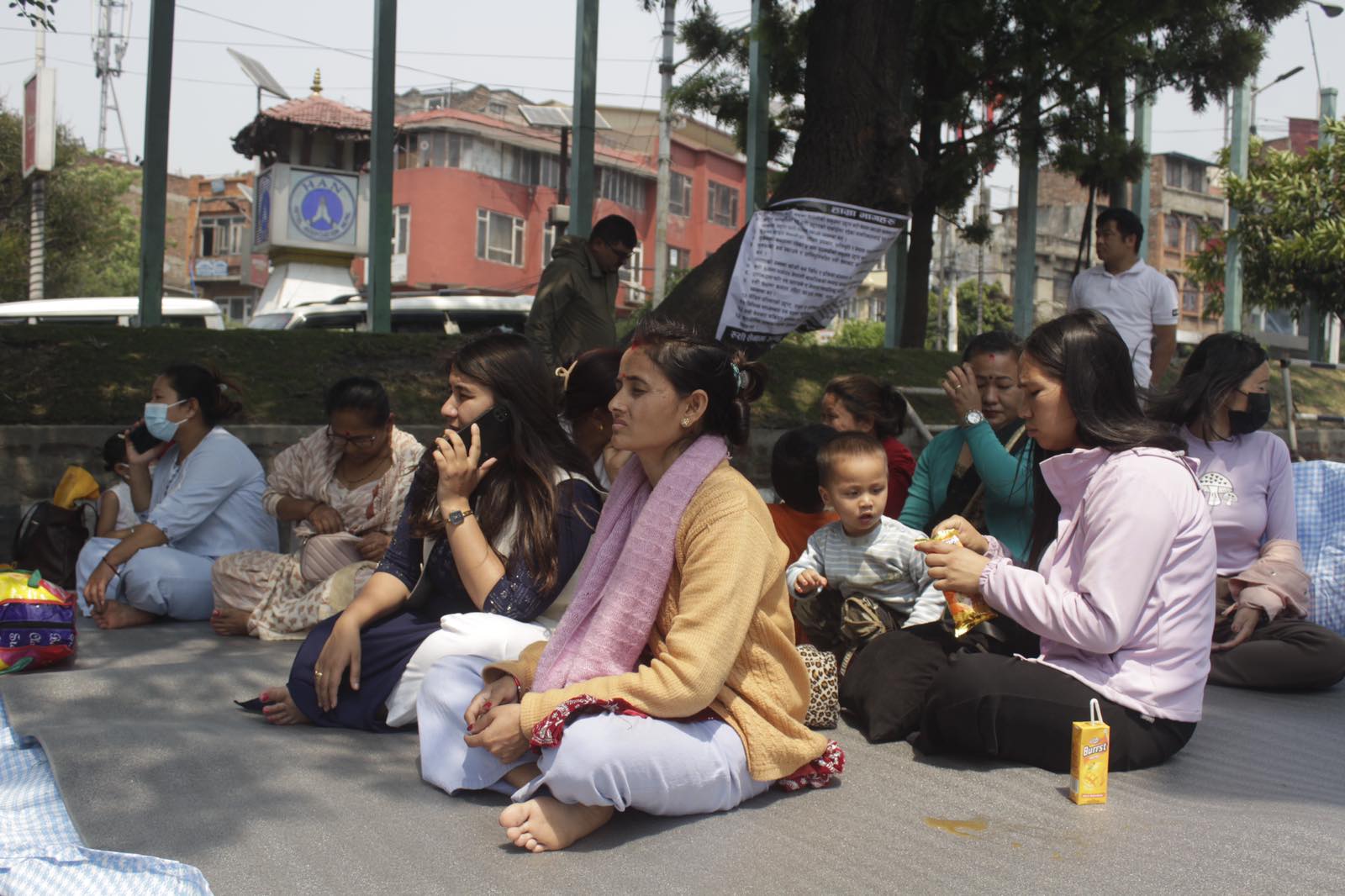

Leave A Comment